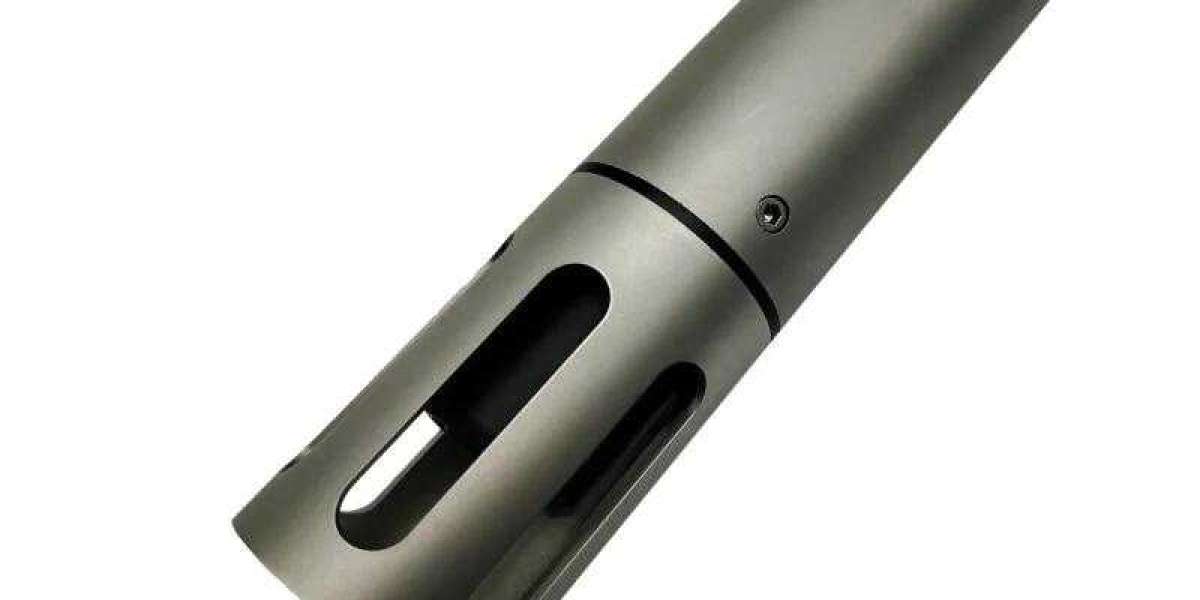In this blog, we will explore the significance of dissolved oxygen sensors, how they work, and their applications in ensuring aquatic health.
What is Dissolved Oxygen and Why is it Important?
Dissolved oxygen refers to the amount of oxygen that is present in water. It is essential for the respiration of aquatic life; fish, invertebrates, and microorganisms rely on it for survival. DO levels can fluctuate due to various factors, including water temperature, salinity, pressure, and the presence of organic matter. Low DO levels can lead to hypoxia, a condition that can cause stress or even death to aquatic organisms.
Maintaining adequate DO levels is crucial for healthy aquatic ecosystems. For example, in aquaculture, fish farms must monitor and manage DO levels to ensure optimal growth rates and minimize mortality. In natural water bodies, monitoring DO can provide insights into ecosystem health and help detect pollution or other environmental stressors.
How Do Dissolved Oxygen Sensors Work?
Dissolved oxygen sensors are instruments designed to measure the concentration of oxygen dissolved in water. They typically operate based on one of two principles: electrochemical or optical.
Electrochemical Sensors: These sensors measure DO levels by using an electrode system. A polarographic sensor consists of a cathode and an anode submerged in a solution. When a voltage is applied, oxygen molecules diffuse through a membrane and are reduced at the cathode, producing a current proportional to the DO concentration.
Optical Sensors: These sensors employ luminescent technology. A light source excites a dye embedded in a sensor membrane. The amount of light emitted by the dye is inversely proportional to the concentration of dissolved oxygen. This method is advantageous as it requires less maintenance and is less affected by changes in temperature and pressure.
Both types of sensors are designed for continuous monitoring, providing real-time data that can be crucial for decision-making in environmental management.
Applications of Dissolved Oxygen Sensors
Dissolved oxygen sensors have a wide range of applications across various fields:
Aquaculture: Ensuring optimal DO levels is crucial for the health and growth of farmed fish and shellfish. Sensors help farmers maintain conditions that promote sustainable production.
Wastewater Treatment: DO monitoring is essential for the biological processes used in wastewater treatment. It helps optimize the operation of aeration systems and ensure the efficacy of treatment processes.
Environmental Monitoring: Researchers and environmental agencies use DO sensors to assess the health of rivers, lakes, and coastal waters. Monitoring trends in DO levels can indicate pollution events or changes in ecosystem health.
Industrial Applications: Industries that discharge wastewater into aquatic environments need to monitor DO levels to comply with regulations and minimize environmental impact.
Conclusion
Dissolved oxygen sensors are invaluable tools for monitoring aquatic health. Their ability to provide real-time data on oxygen levels helps ensure the survival of aquatic life and the sustainability of ecosystems. As technology advances, these sensors will become even more sophisticated, allowing for more precise and comprehensive monitoring of our water resources. Investing in dissolved oxygen monitoring is not just about regulatory compliance; it is about safeguarding the future of our aquatic ecosystems.








